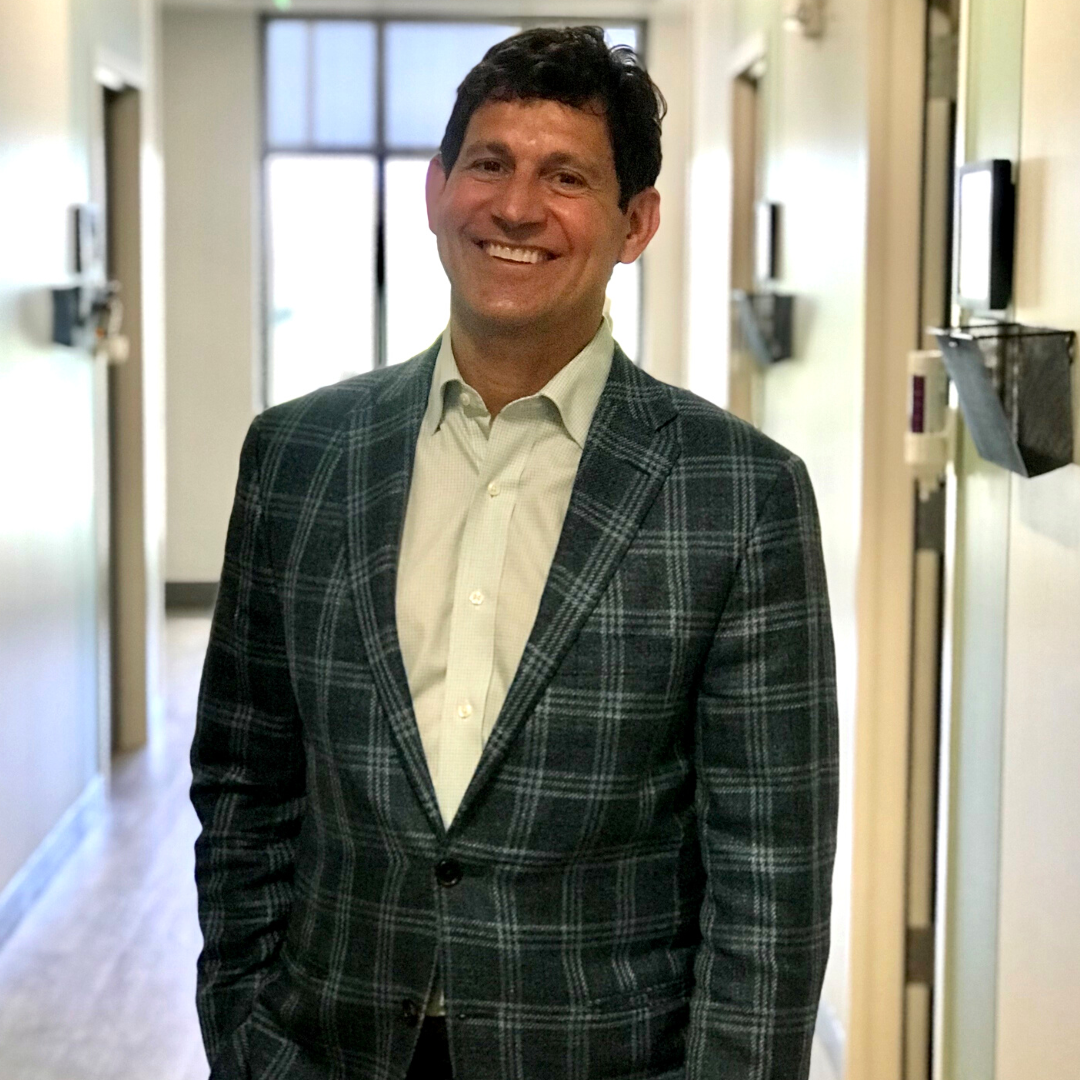
06 Mar Your Guide to Shoulder Replacements with Dr. Christopher Stark
Originally posted on WilliamsonSource.com –
Shoulder pain is extremely common because the shoulder is the most mobile joint in the body. Because of the mobility, you can experience strain across ligaments, tendons and muscles.
Dr. Christopher Stark, an orthopaedic surgeon specializing in joint replacement and sports medicine for Bone and Joint Institute, shared key information about shoulder pain, treatment options, when you might need a total shoulder replacement and what to expect for recovery times.
Signs It’s Time to See a Doctor for Shoulder Pain
Injuring your shoulder is quite common, especially after engaging in new activities, changing up your workouts or even how you lay when you’re sleeping. Once you notice shoulder pain, there are simple exercises you can find online to help manage your situation, or you can start formal physical therapy if it’s impacting your daily tasks.
General shoulder pain should resolve within 2-3 weeks with proper rest and at-home treatments. When the pain extends beyond that period, that’s a sign it’s time to see a doctor.
The earlier that you catch a shoulder injury, the simpler your recovery period can be and, generally, there are more non-invasive treatment options to choose from. If you wait too long, tendonitis can progress to a tear in your rotator cuff that just gets larger and larger. While minor tears might heal with time, full tears do not.
In the case of arthritis in the shoulder, the right exercises and treatment can delay or decrease the probability of needing a total shoulder replacement.
Treatment Options for Shoulder Pain
There are two types of shoulder replacements: anatomical and reverse.
The shoulder is made up of the humerus – a long bone with a ball at the end – and the socket, which is called the glenoid. The socket is relatively small, while the ball is quite large. It’s like a golf ball on a tee, meaning the ball doesn’t have a ton of stability. That’s one reason why it’s so common to dislocate your shoulder.
During an anatomical shoulder replacement, surgeons place the ball back where it belongs but in a new socket made from a plastic piece that is secured to the glenoid bone. This method has been around for 40 to 50 years and is an effective way to provide relief for those who suffer from shoulder pain.
However, the drawback to anatomical shoulder replacement is that it requires your rotator cuff muscles to be in good working order. If you’ve torn your rotator cuff or have previous trauma to it, this might not be the best method for you.
A reverse shoulder replacement puts the ball on the socket side and the socket on the humerus side. Advances in medicine have made what was once a challenging surgery much simpler. This type of shoulder replacement offers good long-term results, and you don’t have to have a good, working rotator cuff.
After a reverse shoulder replacement, the center of rotation changes and allows the deltoid to lift the arm instead of the rotator cuff. For patients who previously couldn’t raise their hand above their head due to rotator cuff issues, this provides mobility once again.
And because the reverse shoulder replacement doesn’t involve cutting the rotator cuff and reattaching it, the healing time is much shorter. The one drawback to this option is that you will have a bit of a limited range of motion when it comes to reaching behind your back.
Shoulder Replacement Recovery Times
With an anatomical shoulder replacement, you’ll have to wait six weeks before using your shoulder and starting physical therapy. In contrast, a reverse shoulder replacement encourages regular movement right away under the observation and care of physical therapy professionals. You’ll still be in a sling for six weeks, but you’ll be removing your arm from the sling every hour to begin moving and using the muscles.
Benefits of Visiting Bone and Joint Institute for Shoulder Pain
Bone and Joint Institute completes 250 to 300 total shoulder replacements each year and counsels countless patients on physical therapy and methods for healing shoulder pain.
Dr. Stark is one of three doctors specializing in shoulder replacement care at Bone and Joint Institute. The team is collaborative and always looking to find the best advances to improve patient care and recovery. The doctors also have a team of nurses and support staff that help patients understand their options and make informed healthcare decisions. And when physical therapy is recommended as a non-invasive treatment or needed after a procedure, Bone and Joint Institute has four physical therapy locations in Franklin, Brentwood, Nolensville and Thompson’s Station with a direct access line to each of the three shoulder doctors on the team.
Most shoulder replacements are outpatient procedures, meaning patients go home the same day. And you’ll start therapy right away. Using modern tools, the team maximizes outcomes. This includes CT imaging scans that help them create a 3D model plan that shows how to fix the problem, which is especially helpful in situations where the bone is eroded or oddly shaped, making the procedure a bit different. That information gives the medical team feedback and information about the best way to secure the shoulder’s ball and socket. This helps the shoulder replacement last up to 20 to 30 years without pain.
Learn more about shoulder injuries and treatment options and how to prevent your shoulder injury from becoming severe on our website at BoneAndJointTN.org. To schedule an appointment with Dr. Stark, you can click on the link or call the office at 615-791-2630.
